The Superb Mineral Arts series continues with the Hagia Sophia in Istanbul
Collectors of art-architectural coins usually have a favourite series, even if it isn’t always possible to collect them. We’d hazard an educated guess that the two most admired series around are CIT’s seminal Tiffany range, and the Mineral Arts range. There are others for sure, Sacred Art, Masterpieces in Stone, Crystal Arts, Famous Opera Crystal, and MDM’s 4-layer coins, but those two series are indeed first among equals. It’s certainly a compliment to be seen as exemplary in a genre that enjoys a quality bar set at Olympic height.
Featured here is the latest Mineral Arts coin, the Hagia Sophia, following on from last years Forbidden City and 2015’s beautiful Taj Mahal coin. This is actually the eighth coin in a series that’s been growing in stature and quality for a few years now. It’s a common story on the specification front: two ounces of antique-finish fine silver, struck in high-relief, and with an inset window filled with a mineral. The reverse face depicts the exterior of the building, beautifully layered as it is in reality. The building name and an attractive series logo are the only other elements present, barring the usual mineral focal point. Here, the window insert is yellow amber. It’s nicely placed, but I wouldn’t say it was especially integrated into the design.
The obverse face stays with a look at the building interior. The amber window is far more integral to the design this side, and the whole strike is very three-dimensional looking. Detail levels are high and the denomination and issuers emblem (Palau) are unobtrusive. Both faces of the coin are of a very high standard upon first look. Relief looks decent, although the lack of angled images makes determining the exact amount difficult. Not CIT-smartminted levels, as featured on this years Tiffany coins, but impressive enough. All in all, another quite brilliant piece of work that will maintain the series reputation as the primary challenger to the Tiffany crown.
The lack of series packaging remains a bugbear at this level. A Certificate of Authenticity is enclosed, but no coin box or shipper. The New Zealand Mint’s superb little solid acrylic frames would suit brilliantly. MCI have also started using something similar, if not as elegantly. Selling for around the €240 mark, the coin is up for preorder now but won’t ship until the very end of September. The mintage remains at the lower 999 units, as for all but the first two coins (2,500).
COIN IMAGES
HAGIA SOPHIA
Hagia Sophia was a Greek Orthodox Christian patriarchal basilica, later converted into an Ottoman mosque, and now a museum (Ayasofya Müzesi) in Istanbul, Turkey. From the date of its construction in 537 AD, and until 1453, it served as an Orthodox cathedral and seat of the Patriarch of Constantinople, except between 1204 and 1261, when it was converted by the Fourth Crusaders to a Roman Catholic cathedral under the Latin Empire of Constantinople. The building was a mosque from 29 May 1453 until 1931. It was then secularized and opened as a museum on 1 February 1935.
Famous in particular for its massive dome, it is considered the epitome of Byzantine architecture and is said to have “changed the history of architecture”. It remained the world’s largest cathedral for nearly a thousand years, until Seville Cathedral was completed in 1520. The current building was originally constructed as a church between 532 and 537 on the orders of the Byzantine Emperor Justinian I and was the third Church of the Holy Wisdom to occupy the site, the previous two having both been destroyed by rioters. It was designed by the Greek geometers Isidore of Miletus and Anthemius of Tralles.
IMAGES OF THE INTERIOR AND EXTERIOR
The church was dedicated to the Wisdom of God, the Logos, the second person of the Holy Trinity, its patronal feast taking place on 25 December, the commemoration of the birth of the incarnation of the Logos in Christ. The church contained a large collection of holy relics and featured, among other things, a 15-metre silver iconostasis. The focal point of the Eastern Orthodox Church for nearly one thousand years, the building witnessed the excommunication of Patriarch Michael I Cerularius on the part of Humbert of Silva Candida, the papal envoy of Pope Leo IX in 1054, an act which is commonly considered the start of the Great Schism.
In 1453, Constantinople was conquered by the Ottoman Turks under Sultan Mehmed II, who ordered this main church of Orthodox Christianity converted into a mosque. By that point, the church had fallen into a state of disrepair. Nevertheless, the Christian cathedral made a strong impression on the new Ottoman rulers and they decided to convert it into a mosque. The bells, altar, iconostasis, and sacrificial vessels and other relics were removed and the mosaics depicting Jesus, his Mother Mary, Christian saints and angels were also removed or plastered over. Islamic features—such as the mihrab, minbar, and four minarets—were added. It remained a mosque until 1931, when it was closed to the public for four years. It was re-opened in 1935 as a museum by the Republic of Turkey. Hagia Sophia was, as of 2014, the second-most visited museum in Turkey, attracting almost 3.3 million visitors annually. According to data released by the Turkish Culture and Tourism Ministry, Hagia Sophia was Turkey’s most visited tourist attraction in 2015.
From its initial conversion until the construction of the nearby Sultan Ahmed Mosque (Blue Mosque of Istanbul) in 1616, it was the principal mosque of Istanbul. The Byzantine architecture of the Hagia Sophia served as inspiration for many other Ottoman mosques, such as the Blue Mosque, the Şehzade Mosque, the Süleymaniye Mosque, the Rüstem Pasha Mosque and the Kılıç Ali Paşa Mosque.
Although use of the complex as a place of worship was strictly prohibited, in 2006 the Turkish government allowed the allocation of a small room in the museum complex to be used as a prayer room for Christian and Muslim museum staff, and since 2013 from the minarets of the museum the muezzin sings the call to prayer twice per day, in the afternoon.
In 2007, Greek American politician Chris Spirou launched an international organization “Free Agia Sophia Council” championing the cause of restoring the building to its original function as a Christian church. Since the early 2010s, several campaigns and government high officials, notably Turkey’s deputy prime minister Bülent Arınç in November 2013, have been demanding that Hagia Sophia be converted into a mosque again. In 2015, in retaliation for the acknowledgment by Pope Francis of the Armenian Genocide, the Mufti of Ankara, Mefail Hızlı, stated that he believes the conversion of Hagia Sophia into a mosque will be accelerated. On July 1, 2016, a muezzin’s call to prayer reverberated inside the Hagia Sofia for the first time in 85 years. (Source: Wikipedia)
LOCATION
SPECIFICATION
| DENOMINATION | COMPOSITION | WEIGHT | DIAMETER | FINISH | MINTAGE | BOX / COA |
|---|---|---|---|---|---|---|
| $10 PALAU | 0.999 SILVER | 62.2 g | 50.0 mm | ANTIQUE | 999 | NO / YES |


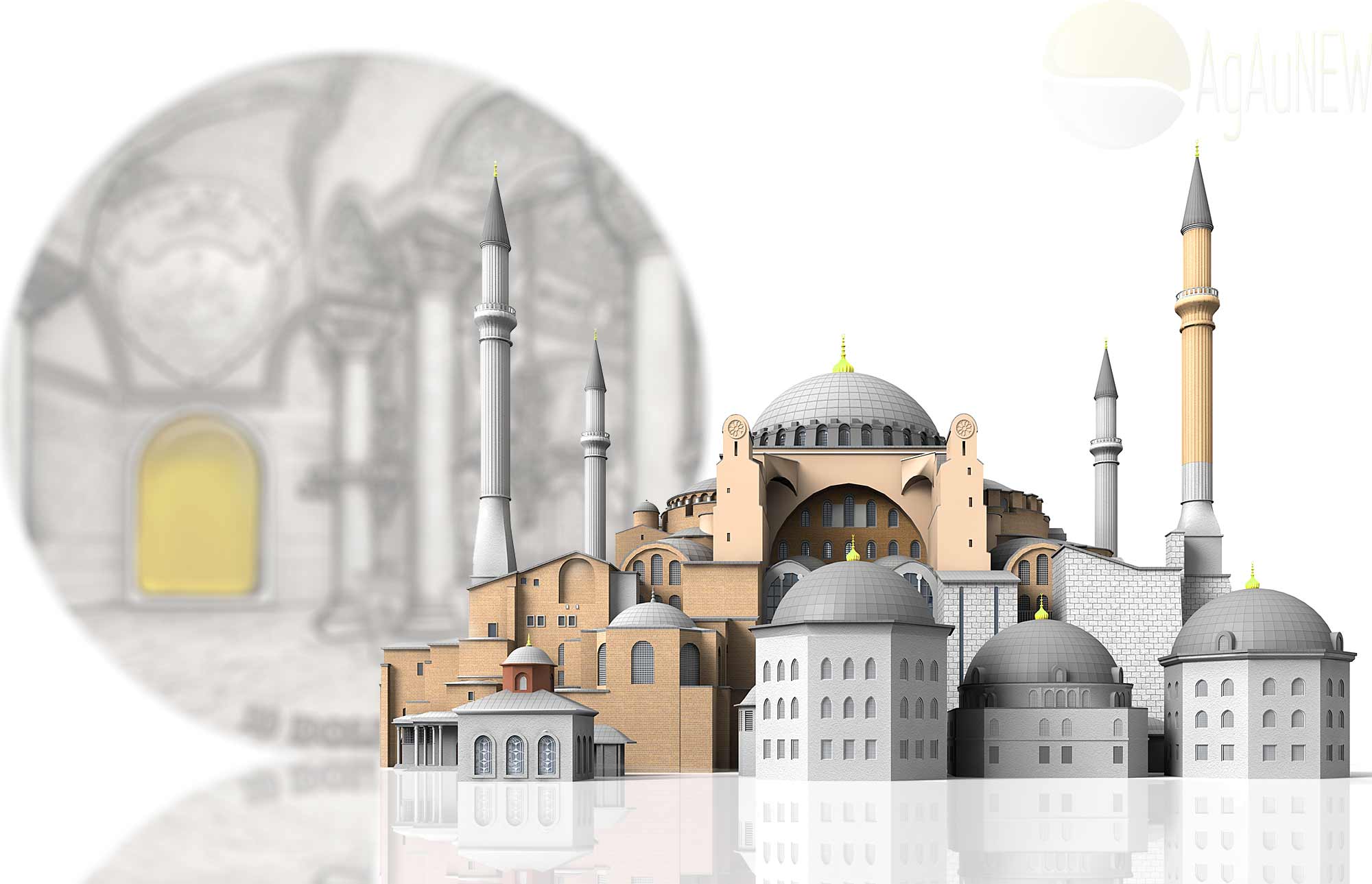
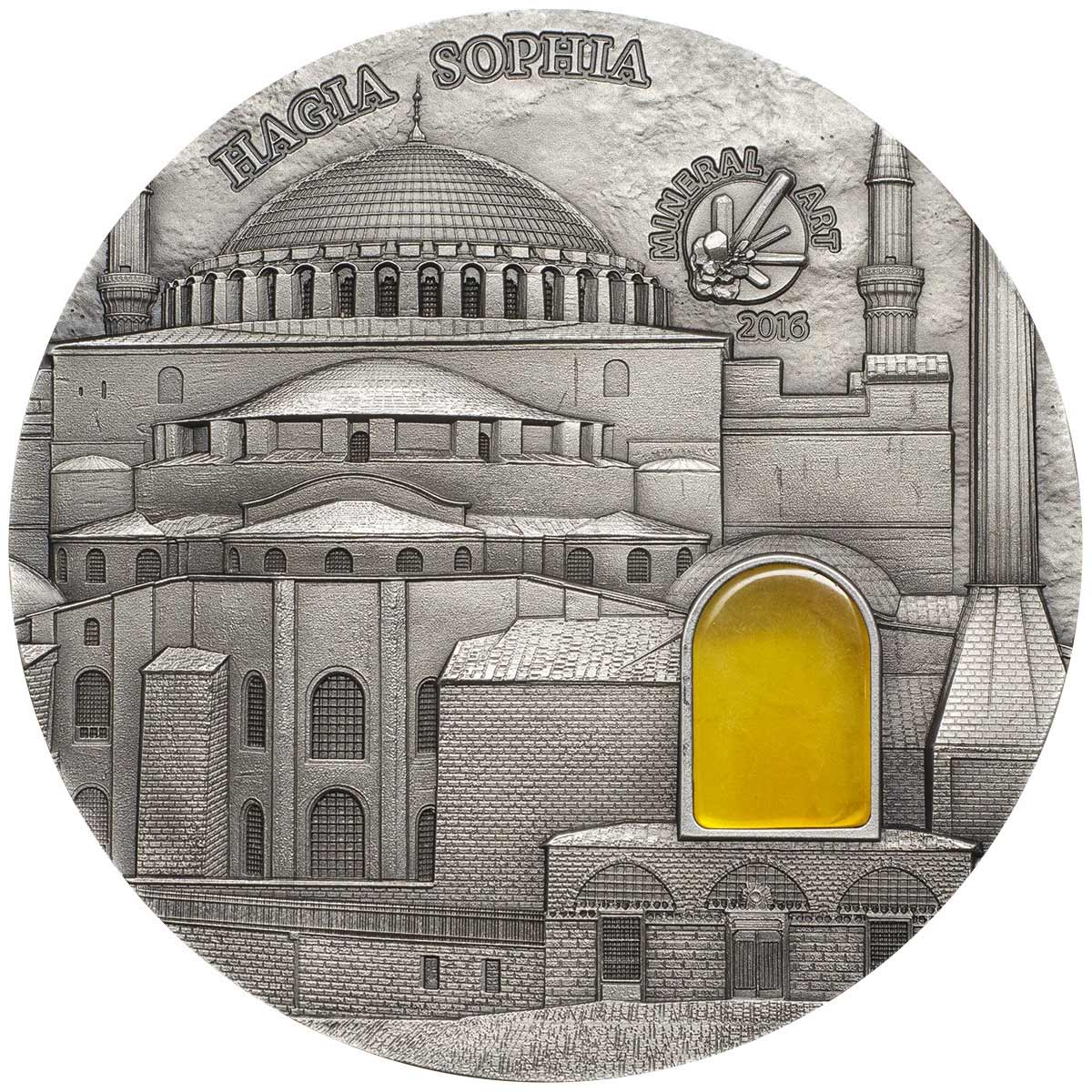
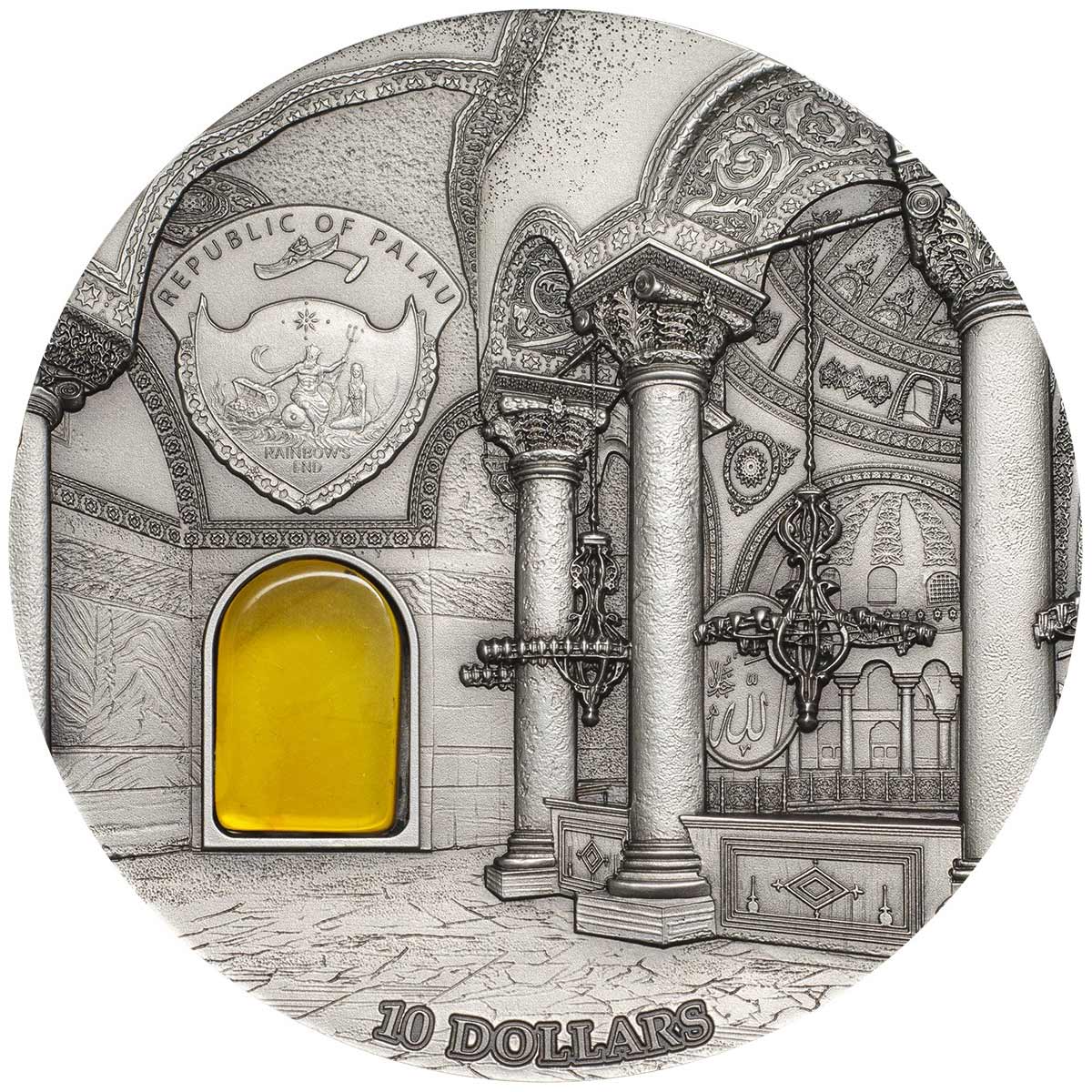
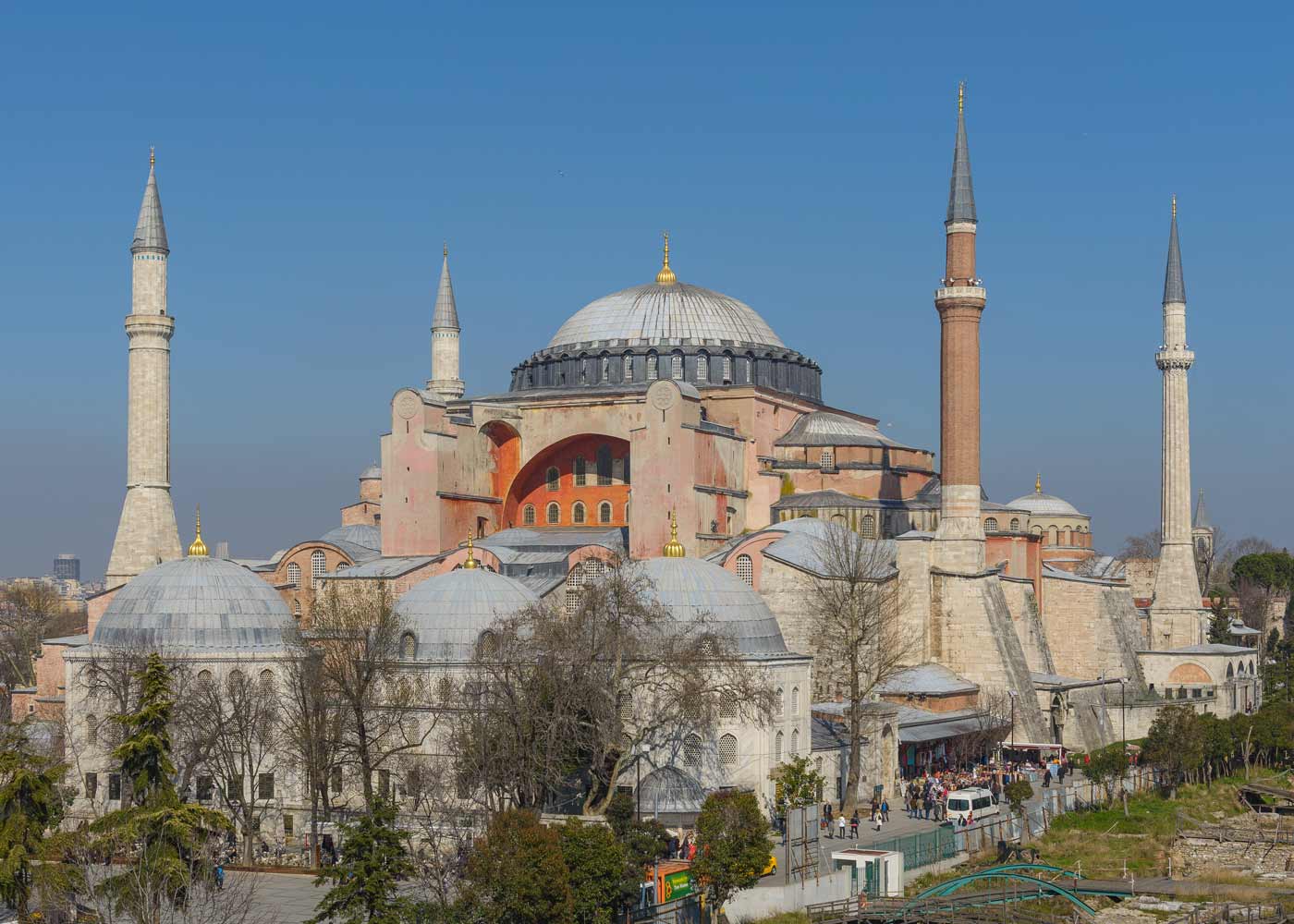
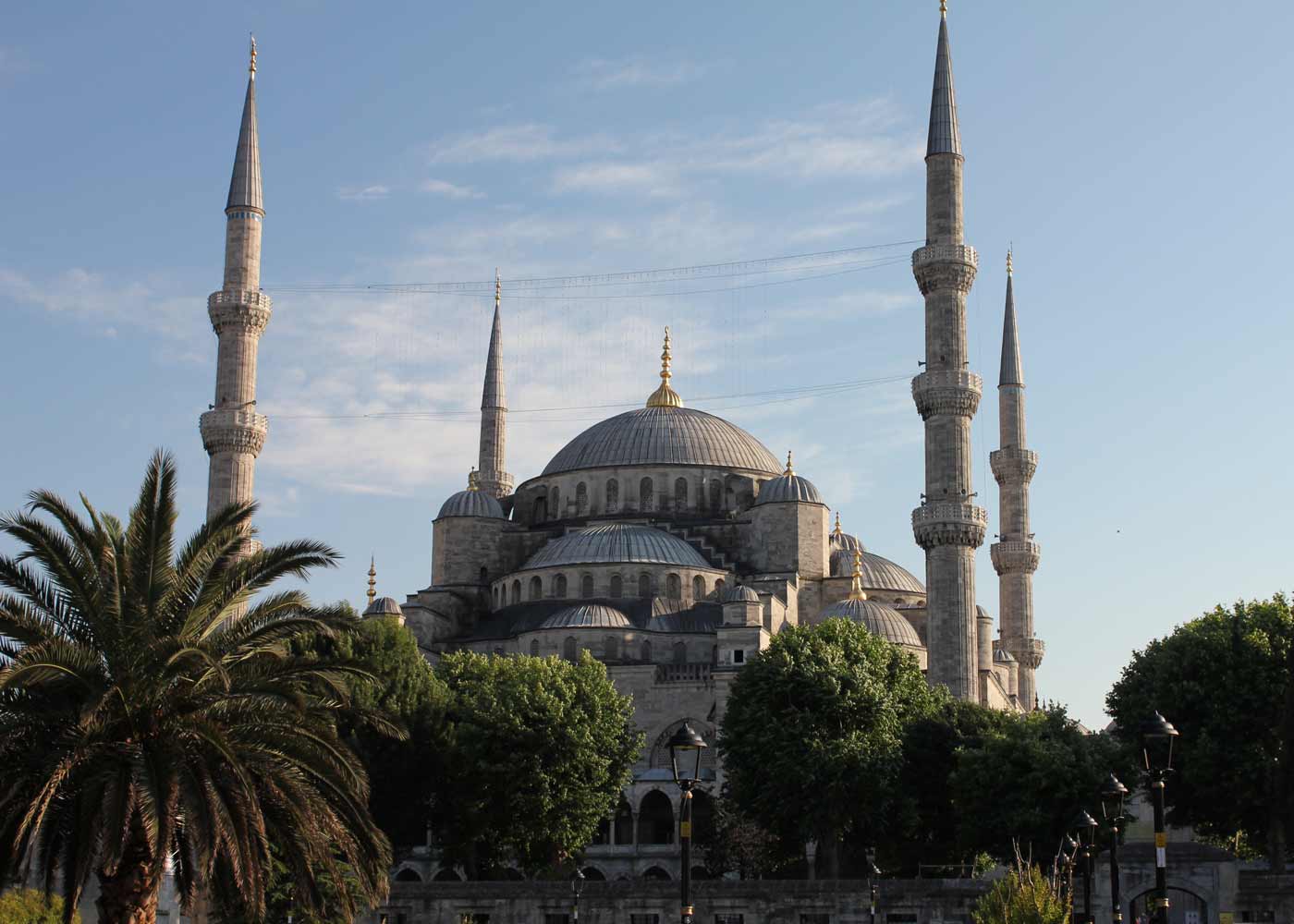
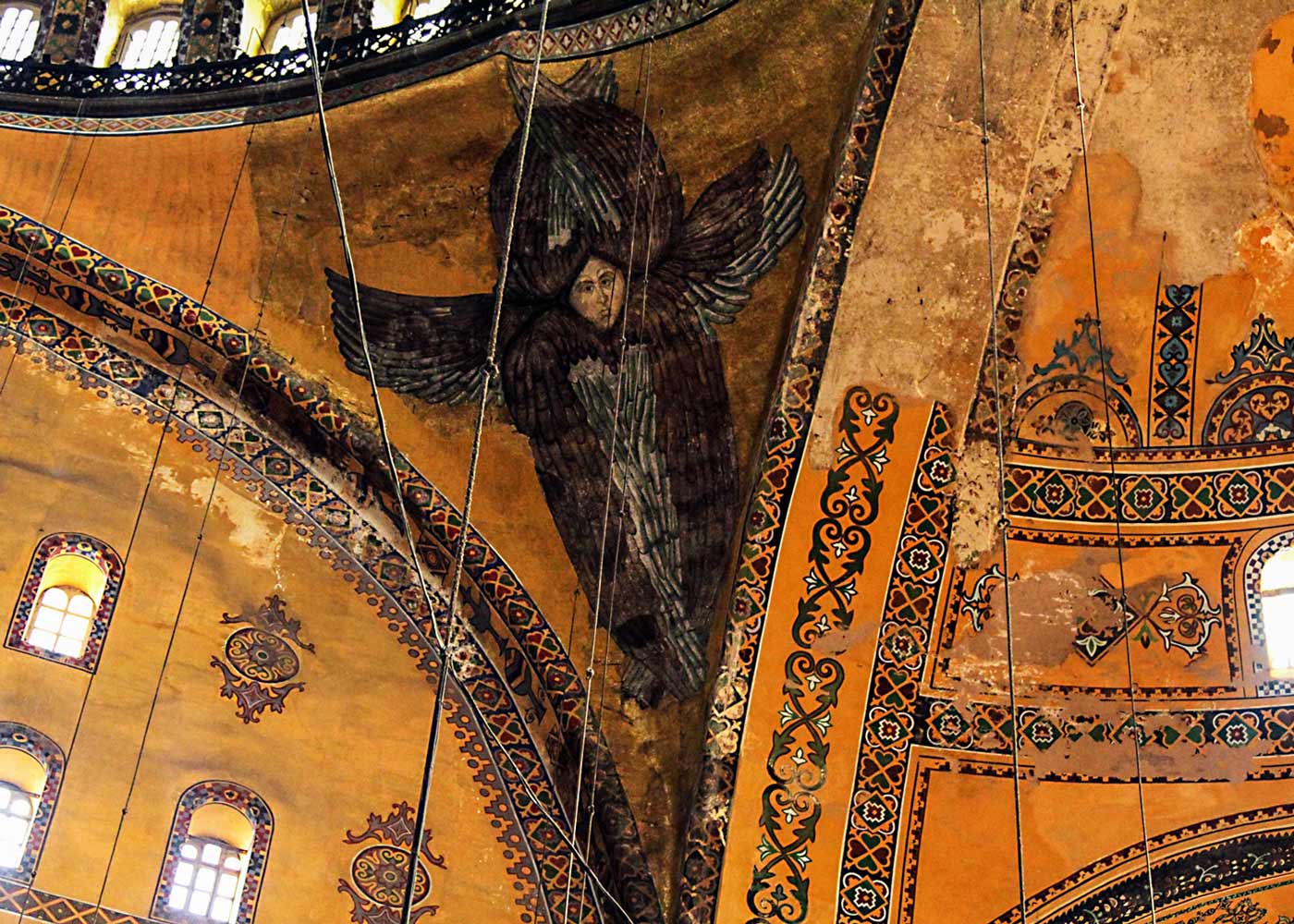


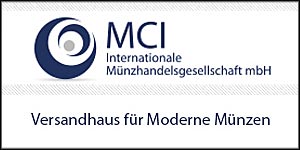

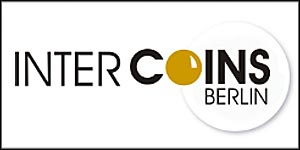
Hi, please correct – it’s no The Japan Mint. Thank you.
Ooops. Missed that. Thanks